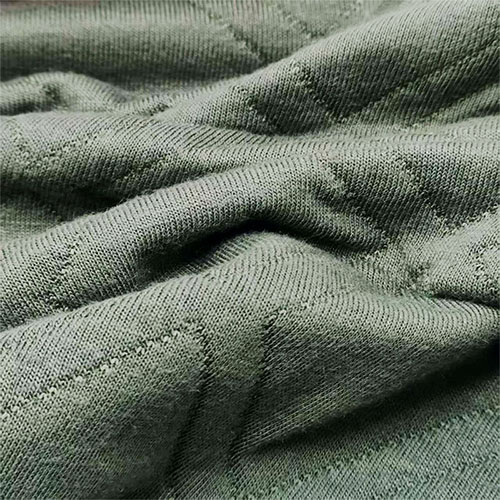Volatile Trade Policies
Frequent Disturbances from U.S. Policies: The U.S. has continuously adjusted its trade policies. Since August 1, it has imposed an additional 10%-41% tariff on goods from 70 countries, severely disrupting the global textile trade order. However, on August 12, China and the U.S. simultaneously announced a 90-day extension of the tariff suspension period, with the existing additional tariff rates remaining unchanged, bringing temporary stability to textile trade exchanges between the two countries.
Opportunities from Regional Trade Agreements: The Comprehensive Economic and Trade Agreement signed between India and the United Kingdom came into effect on August 5. Under this agreement, 1,143 textile categories from India have been granted full tariff exemption in the UK market, which will create room for the development of India’s textile industry. In addition, in accordance with the Indonesia-European Union Comprehensive Economic Partnership Agreement (IEU-CEPA), Indonesia’s textile exports can enjoy zero tariffs, which is conducive to the export of Indonesian textile products to the European Union.
Higher Thresholds for Certification and Standards: India announced that it will implement BIS certification for textile machinery starting from August 28, covering equipment such as looms and embroidery machines. This may delay the pace of India’s capacity expansion and create certain barriers for textile machinery exporters from other countries. The European Union has also proposed tightening the limit of PFAS (per- and polyfluoroalkyl substances) in textiles from 50ppm to 1ppm, which is expected to take effect in 2026. This will increase the process transformation costs and testing pressure for Chinese and other textile exporters to the European Union.
Differentiated Regional Development
Outstanding Growth Momentum in Southeast and South Asia: In the first half of 2025, major emerging global textile and apparel supply countries maintained strong growth momentum in their manufacturing industries, among which Southeast Asian and South Asian countries showed a more significant improvement in textile and apparel trade. For example, from January to July, India’s textile and apparel export value reached 20.27 billion U.S. dollars, a year-on-year increase of 3.9%. Vietnam’s textile and apparel exports to the world amounted to 22.81 billion U.S. dollars from January to July 2024, a year-on-year increase of 6.1%, and this growth momentum continued in the first half of 2025. Moreover, Vietnam’s apparel exports to Nigeria increased by 41% in the first half of 2025.
Slight Decline in Turkey’s Scale: As a traditional textile and apparel trading country, Turkey has experienced a slight decline in the scale of textile and apparel trade in the first half of 2025 due to factors such as reduced end consumer demand in Europe and domestic inflation. In the first half of the year, Turkey’s total export value of textile and apparel products to the world was 15.16 billion U.S. dollars, a year-on-year decrease of 6.8%.
Intertwined Cost and Market Factors
Volatility in Raw Material Costs and Supply: In terms of cotton, affected by the drought in the southwestern United States, the expected abandonment rate of U.S. cotton has risen from 14% to 21%, leading to a tightening of the global cotton supply-demand situation. However, the concentrated launch of new cotton in Brazil is slower than in previous years, which brings uncertainty to the impact on international cotton prices. In addition, under the framework of the RCEP (Regional Comprehensive Economic Partnership), the tariff reduction period for commodities such as textile raw materials has been shortened from the original 10 years to 7 years since August 1, which is conducive to reducing the production costs of Chinese textile enterprises in the Southeast Asian supply chain.
Poor Performance of the Transportation Market: The U.S.-bound shipping market performed sluggishly in 2025. The freight rate of the U.S. West Coast route dropped from 5,600 U.S. dollars/FEU (Forty-foot Equivalent Unit) in early June to 1,700-1,900 U.S. dollars/FEU in early July, and the U.S. East Coast route also fell from 6,900 U.S. dollars/FEU to 3,200-3,400 U.S. dollars/FEU, with a decline of more than 50%. This reflects the insufficient demand for the transportation of textiles and other goods to the United States.
Rising Cost Pressure on Enterprises: Thailand raised the minimum wage in the textile industry from 350 Thai baht per day to 380 Thai baht starting from July 22, increasing the proportion of labor costs to 31%, which has squeezed the profit margins of Thai textile enterprises. The Vietnam Textile Association, in response to U.S. tariff adjustments and EU environmental standards, has recommended that enterprises promote fluorine-free dyeing and finishing technology, which will increase costs by 8%—also posing cost challenges to enterprises.
Post time: Aug-23-2025

